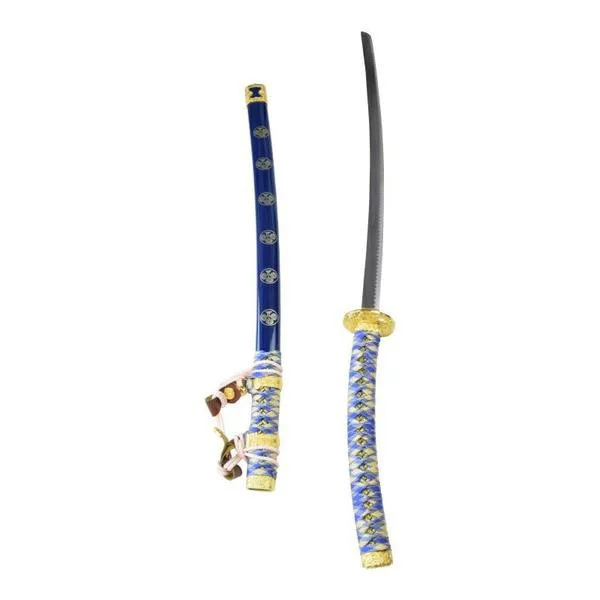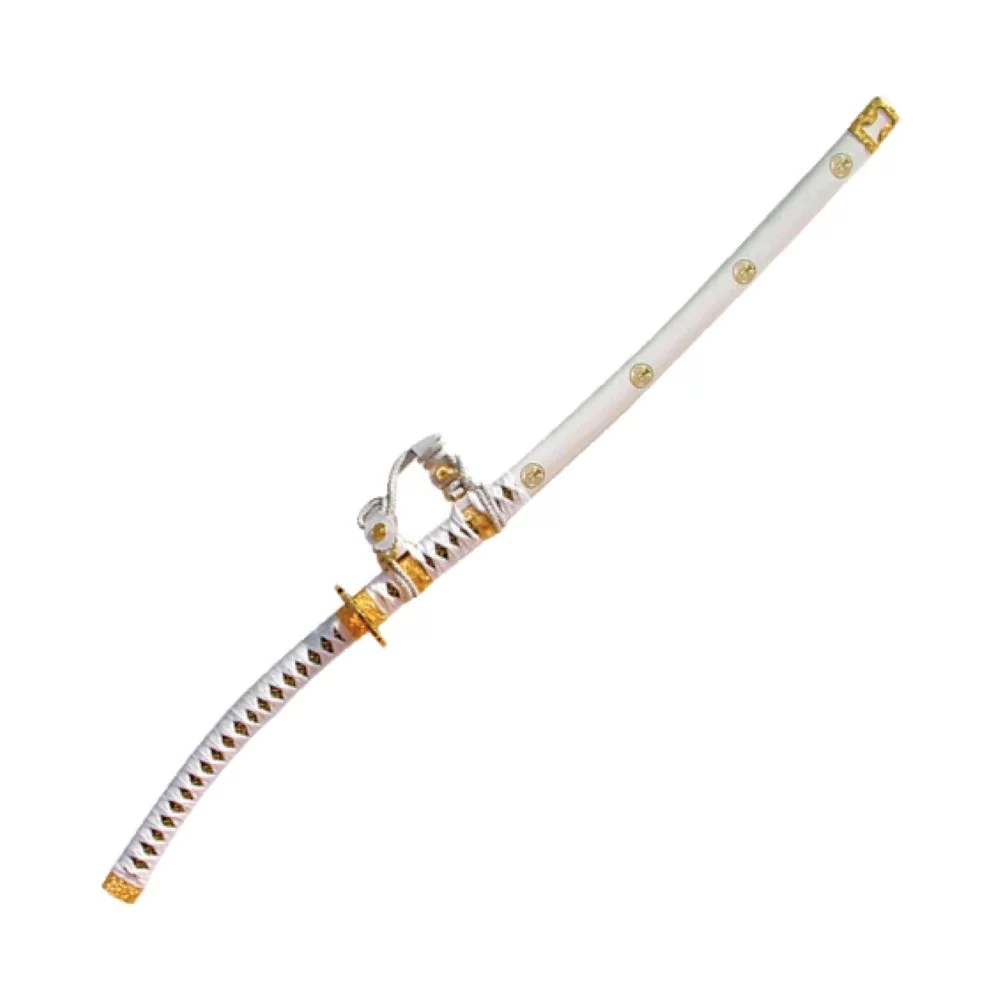What is a Tachi?
The tachi is a traditional Japanese sword, known for its distinctive design and relevance in Japan's military history. Its curved shape and longer length differentiate it from other swords, such as the katana, and reflect the rich culture and weapon-making techniques of the country throughout the centuries.
Origin and Etymology
The word 'tachi' comes from the Japanese 太刀, meaning 'great sword' or 'long sword'. This name refers to its notable length and curvature, characteristics that distinguish it within the family of Japanese swords.
Characteristics of the Tachi
Design and Fabrication
The tachi is easily recognizable for its curved structure and greater length. Originating before the katana, this sword was made with a mix of soft and hard steel, thereby guaranteeing a balance between flexibility and robustness. The craftsmanship required precise control of temperature and cooling processes to achieve a lightweight and durable blade.
Use and Culture
This type of sword played a crucial role in samurai culture, used both by warriors and court elites. In the Kamakura period, the tachi swords of high-ranking samurais often featured chains on their scabbards, a trait of distinction. These adornments included:
- Hyogo gusari tachi: Swords with decorative scabbards and chains worn as part of formal attire.
- Hirumaki tachi: With spiral, robust, and ornate metal scabbards, without chains.
- Kazari tachi: Ceremonial designs that were masterpieces of Japanese swordsmithing, many of which are considered National Treasures.

Evolution and Decline
Over time, especially during the Muromachi period, the katana began to replace the tachi as the samurai's preferred sword. However, high-ranking samurai maintained the use of the tachi, which was sometimes modified to be transformed into katanas during the 16th and 17th centuries.

Cultural Legacy
The tachi not only represents a feat of Japanese engineering and culture but also stands as a testament to the art of swordmaking, influencing contemporary designers and collectors. Its rich history continues to inspire interest in Japanese culture and its martial traditions.
| Characteristics | Details |
|---|---|
| Length | Longer than the katana |
| Curvature | Pronounced |
| Material | Combination of soft and hard steel |
| Usage | Samurai culture and court nobles |
| Examples | Hyogo gusari, Hirumaki, Kazari |
















